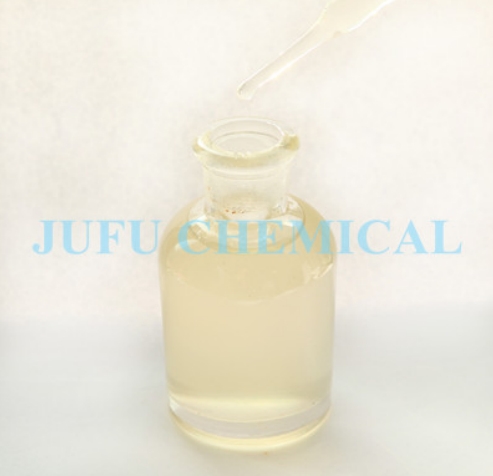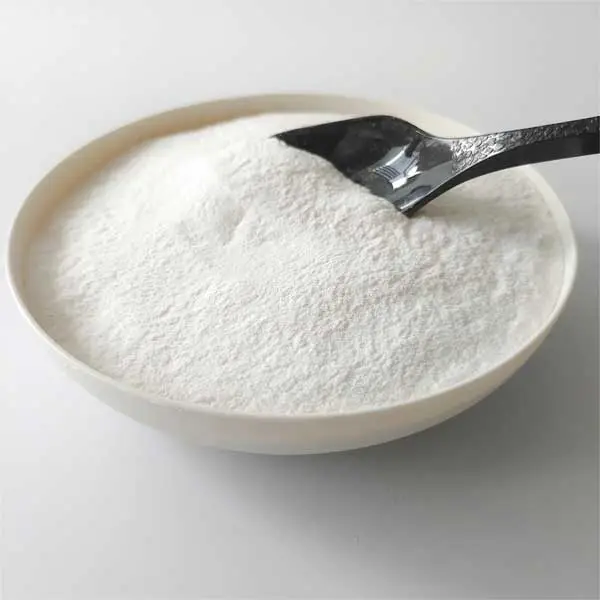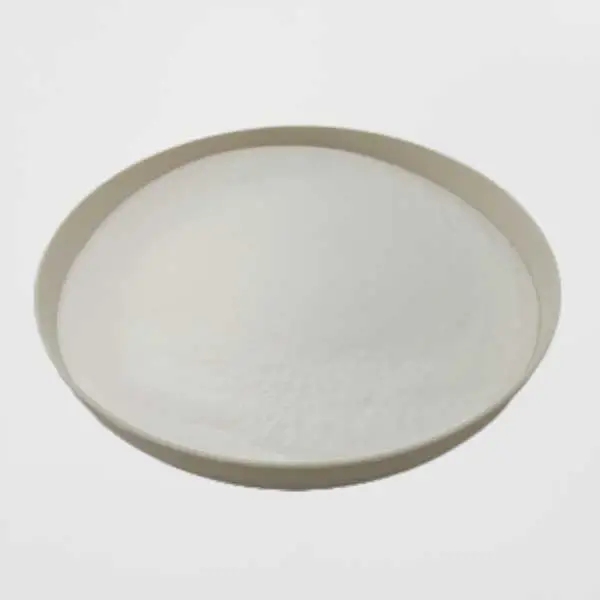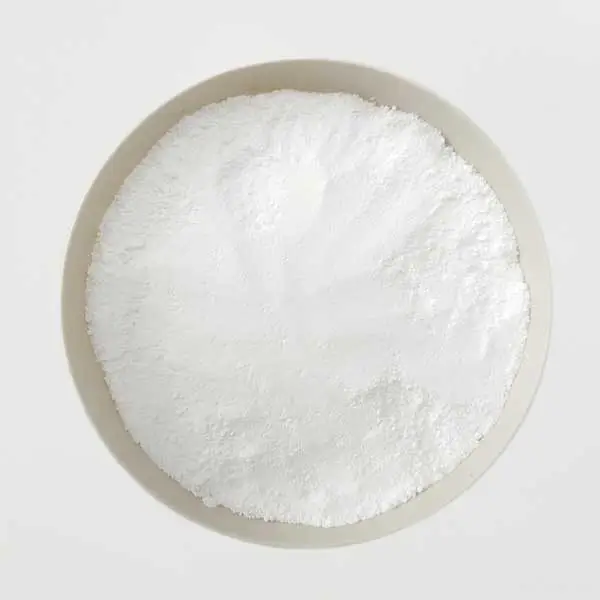The operation method for determining the optimal dosage of water reducer through the fluidity of cement slurry. The compatibility between cement and water reducer is bidirectional. In terms of the compatibility between cement and water reducers, the type and quality of water reducers also play a decisive role. Therefore, the water-reducing agent should be selected based on its adaptability to cement and construction requirements. When a high-efficiency water-reducing agent is incompatible with a certain type of cement, the following situations will occur:
1. Abnormal setting may occur in concrete during the mixing process.
2. The slump loss of blended concrete is large.
3. The concrete has serious water seepage and stratification segregation.
4. The high-efficiency water-reducing agent does not reduce water enough or has no water-reducing effect at all.
5. The strength of concrete at all ages does not increase significantly; instead, it even decreases.
6. The shrinkage rate of concrete has increased significantly, leading to cracking.

When choosing water-reducing agents, the above-mentioned incompatibility phenomena should be avoided as much as possible. The dosage of concrete water reducing agent is not only related to the amount of cement, but also has a great deal to do with the physical properties and chemical composition of cement. The traditional method for determining the dosage of concrete water reducing agent mainly relies on the product manual of the water reducing agent and the percentage of cement dosage. Due to the different chemical compositions and contents of various types or batches of cement, the compatibility and adaptability of water reducers with cement, as well as the optimal dosage, can also vary significantly. Determining the dosage of water-reducing agent only based on the percentage of cement content is difficult to ensure the best water-reducing effect of the mixture and is prone to causing the waste of water-reducing agent. After many experiments, the optimal dosage of concrete water reducer was determined by the cement slurry fluidity method, and good results were achieved. The specific method is to accurately weigh the water-reducing agent, water and 300g of cement according to the recommended dosage in the manufacturer's manual of the water-reducing agent, and then mix the water-reducing agent, water and cement paste in accordance with the standard method. On a clean glass surface, place the well-mixed cement slurry into the test molds, lift each mold one by one, observe the flow of the cement slurry, and test whether the fluidity of the cement slurry can meet the performance requirements for concrete pumping. Meanwhile, record the water reduction rates and dosages of different cements and different concrete water reducers for optimization.
The sequence of adding water-reducing agents. Through multiple comparative experiments on different water-reducing agents, it is indicated that the addition sequence of water-reducing agents has a certain influence on the water-reducing effect of water-reducing agents. Take Longda high-efficiency water reducing Agent as an example: After weighing a certain amount of cement, water reducing agent and water, pour them into the mixing pot in the order of cement → water reducing agent → water. The measured expansion amount of the cement paste is 22cm to 23cm. However, following the sequence of adding cement first and then water, after stirring for a certain period of time and adding the water-reducing agent, it was measured that the cement slurry expanded by 25cm to 27cm. It can be seen that when using the same type of cement and the same water-reducing agent, the post-addition method is superior to the pre-addition method, which is conducive to improving the compatibility between the water-reducing agent and the cement and giving full play to the efficacy of the water-reducing agent. Similarly, in the actual construction of concrete, the water-reducing agent should be added after the concrete mixture has been stirred for a certain period of time. Only in this way can the best water-reducing effect be achieved.

 English
English 



